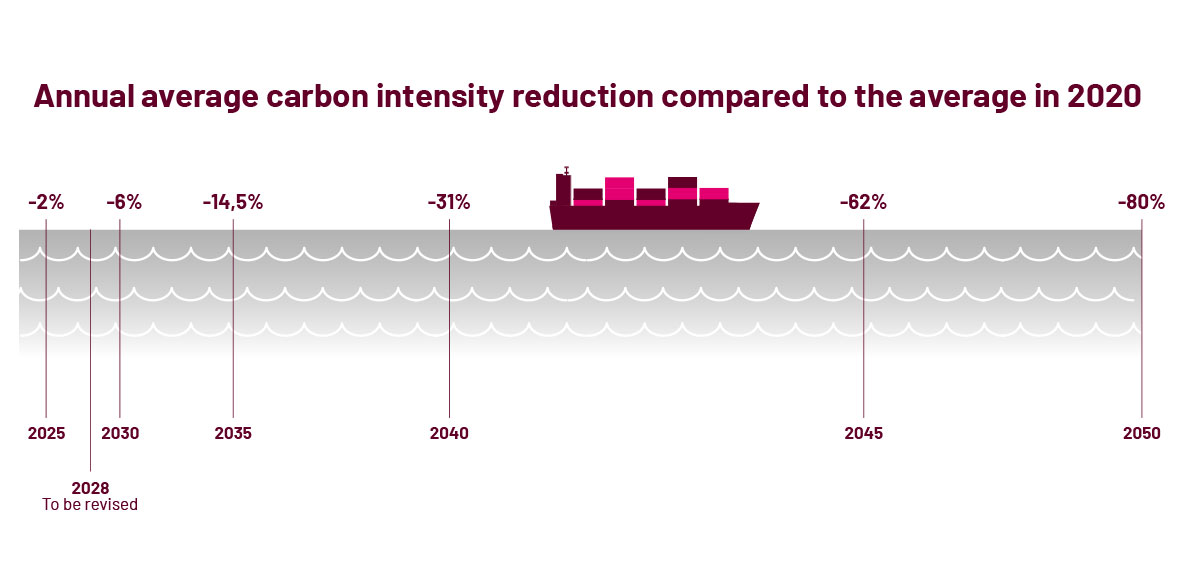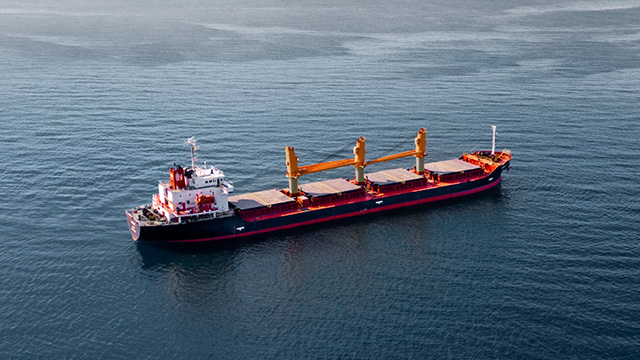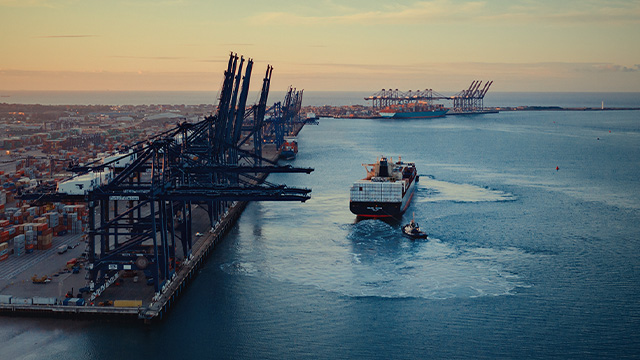After two years of negotiations, The European Parliament, the Council, and the European Commission reached an agreement on FuelEU Maritime regulation on 23 March 2023. The regulation was formally adopted on July 25, 2023, and takes effect in January 2025.
When entering into force in January 2025, the GHG intensity requirements, which form a pivotal part of the new rules, will apply to ships of 5,000 GT and above, regardless of their flag. The regulation will apply to all energy used on board in or between EU ports, as well as to 50% of the energy used on voyages where the departure or arrival port is outside of the EU.
The FuelEU Maritime regulation includes a series of targets aiming to reduce GHG intensity of energy used on board ships from 2% in 2025 to 80% in 2050 against a 2020 reference value, as illustrated in the figure





